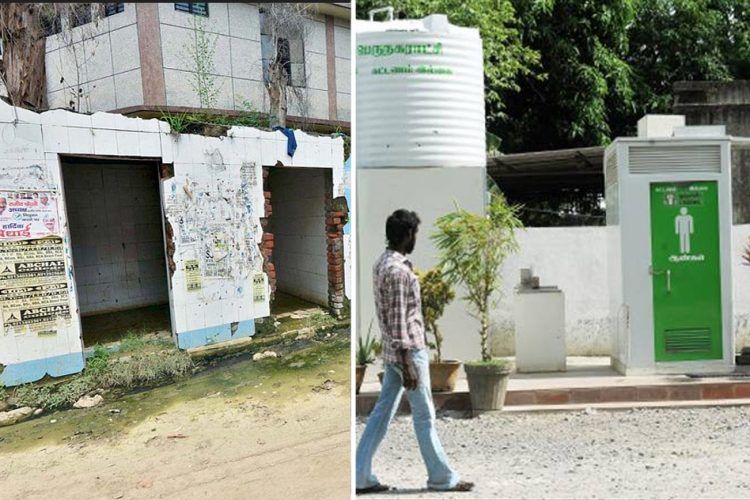Miss Alone
Prime VIP

Swachh Bharat Toilets
After conducting survey on 7,500 rural households, it has been found that 29 per cent of Swachh Bharat toilets only exist on paper and have not been built. 36 per cent of the toilets that have been built are not usable. The survey was conducted in December last year by Accountability Initiative at the Centre for Policy Research, across 10 districts in five states.
The survey covering Himachal Pradesh, Rajasthan, Maharashtra, Madhya Pradesh and Bihar followed government’s achievement list and tried to find out the beneficiaries. Perusing the list, it was found that many of the names on it were mentioned twice.
While Satara in Maharashtra was found to be the best out of the 10 districts surveyed, Nalanda in Bihar — home of chief minister Nitish Kumar — was found to be the worst performing district.
One-third of the randomly selected respondents in the list reported that they defecate in open, the highest in Nalanda and Udaipur.
Rural inhabitants, who have built toilets under Swachh Bharat Mission, can request for reimbursement worth Rs 10-12,000. As per the reports published on Huffington Post, the survey found that 40 per cent of those who had applied for reimbursement did not receive it. In Jhalawar, the survey found less than 40 per cent households received the money. In Udaipur, only 18% eligible household even requested for the reimbursement, reflecting the lack of awareness about the scheme.
Though the government is supposed to monitor the use of toilets after they are built, but nearly 38 per cent of the households reported that no such monitoring has been conducted. In districts where the survey found poor implementation of the Swachh Bharat scheme, there was a toilet construction boom. In Jhalawar, 81% of new toilets have been built after April 2014.
While the government offers something between Rs 10 to 12,000 to build a toilet, the actual cost according to respondents is between Rs 15,000 and Rs 40,000.
The survey found that most of the construction is taking place without government help. Of the toilets built since April 2014, only 24% received government help. This statistic was worst for the Bihar districts of Nalanda (6%) and Purnea (3%).
Out of 57 per cent who told that they want government assistance in building toilets, 21 per cent said that they received it.
There is a massive lack of awareness in villages about the Swachh Bharat initiative. The government had promised to appoint Swachhta Doots or sanitation ambassadors in every gram panchayat. But only 6% respondents were aware of Swachhta Doots. Only 10% households were aware of Panchayat Swachhta Samitis in their village. Only 3% said they had been visited by government officials to tell them about the scheme. And only 16% said they had ever been surveyed by the government since 2012 to check the existence of a toilet in their home. Only 32% households said the government had monitored sanitation in their house.
